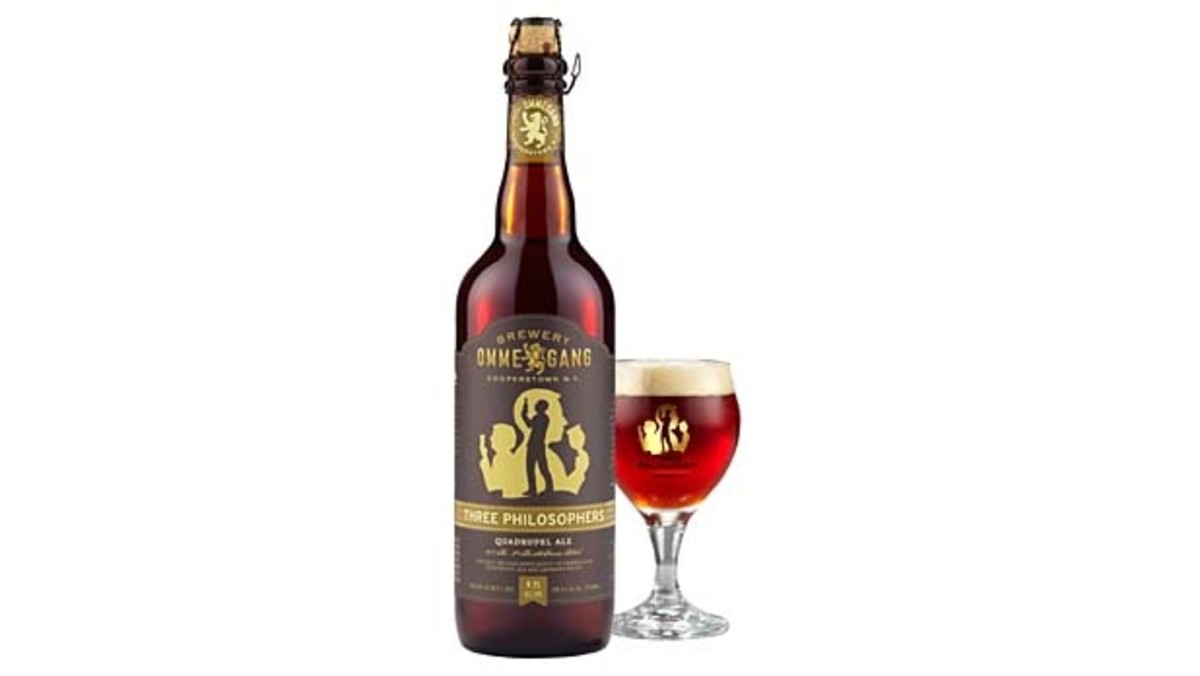Seawall Bar: The Very Best Drinks with an Ocean View in Galveston
Seawall Bar: The Very Best Drinks with an Ocean View in Galveston
Blog Article
The Ultimate Distillery Experience: From Grain to Glass, Everything You Need to Know
Getting started on a trip through the intricacies of the distillery procedure reveals a world where science satisfies creativity in the creation of spirits. From the mindful choice of grains to the thorough crafting of each bottle, every action in the production line plays an essential role in shaping the final item that graces our glasses.
The Art of Grain Choice
Selecting the perfect grains is a critical step in the distillation process, figuring out the flavor profile and top quality of the last product. The type of grain chosen significantly influences the character of the spirit being produced - Galveston Whiskey. Usual grains used in distillation include barley, rye, corn, and wheat, each conveying distinctive flavors and characteristics to the final product

Beyond flavor factors to consider, the top quality and purity of the grains are extremely important. Distillers meticulously resource grains to ensure they are without pollutants and have the required starch web content for fermentation. By understanding the art of grain choice, distillers lay the foundation for creating outstanding spirits that captivate the taste buds.
Purification Process Demystified
Having actually established the structure with meticulous grain selection, the purification procedure emerges as the transformative stage where the significance of the chosen grains is unlocked and improved right into a spirited form. The procedure doesn't finish there; numerous distillation runs or additional actions such as maturing in barrels might even more fine-tune the spirit, boosting its intricacy, personality, and flavor. Comprehending the details of the purification process is important for creating high-quality spirits that captivate lovers and aficionados alike.
Barrel Aging and Taste Development
During the barrel aging process, spirits undergo a transformative journey as they engage with the timber, soaking up nuanced tastes and creating an abundant intricacy. The kind of wood utilized, generally oak, considerably influences the final taste of the spirit. Oak barrels are preferred for their special homes that improve the flavor profile. As spirits age in the barrels, they extract substances such as vanillin, lignin, and tannins from the wood, adding to the advancement of scents like vanilla, sugar, flavor, and even tips of toasted oak.
Additionally, the aging procedure allows for oxidation to occur, causing more chain reaction that smooth the spirit and complete any rough sides. The porous nature of wood additionally enables the spirit to breathe, promoting the combination of flavors gradually. Relying on the duration of aging and environmental conditions like temperature and moisture, spirits can get various features, from subtle timber notes to deep, intricate flavors that make each set special. Ultimately, barrel aging plays a pivotal function fit the distinctive taste account like it of each spirit, providing a sensorial trip for lovers to savor.
Workmanship in Bottling and Classifying
As spirits reach their ideal taste accounts through barrel aging, the careful workmanship in bottling and identifying ends up being the following important action in presenting a costs item to customers. The process of classifying and bottling is an essential element of the general distillery experience, as it is the last touchpoint prior to the product reaches the hands of consumers (Galveston Liquor). Workmanship in bottling entails ensuring that each bottle is filled specifically with the spirit, taking right into account factors such as uniformity in fill levels and the avoidance of any kind of contaminations entering the container

Sampling and Valuing Fine Spirits
To completely appreciate great spirits, one must involve all the senses in a purposeful and conscious tasting experience. When sampling fine spirits, it is essential to start by observing the spirit's look. Swish the spirit in your mouth to completely experience its appearance and taste.
Conclusion
Finally, the distillery experience includes the detailed art of grain choice, the specific distillation procedure, the transformative barrel aging, the meticulous craftsmanship in identifying and bottling, and the innovative practice of sampling and appreciating great spirits. Each action in the production procedure plays a crucial function in developing top quality spirits that astound the detects and delight lovers worldwide.
The kind of grain selected significantly affects the personality of the spirit being generated. By mastering the art of grain choice, distillers lay the structure for developing extraordinary spirits that astound the palate.

Report this page